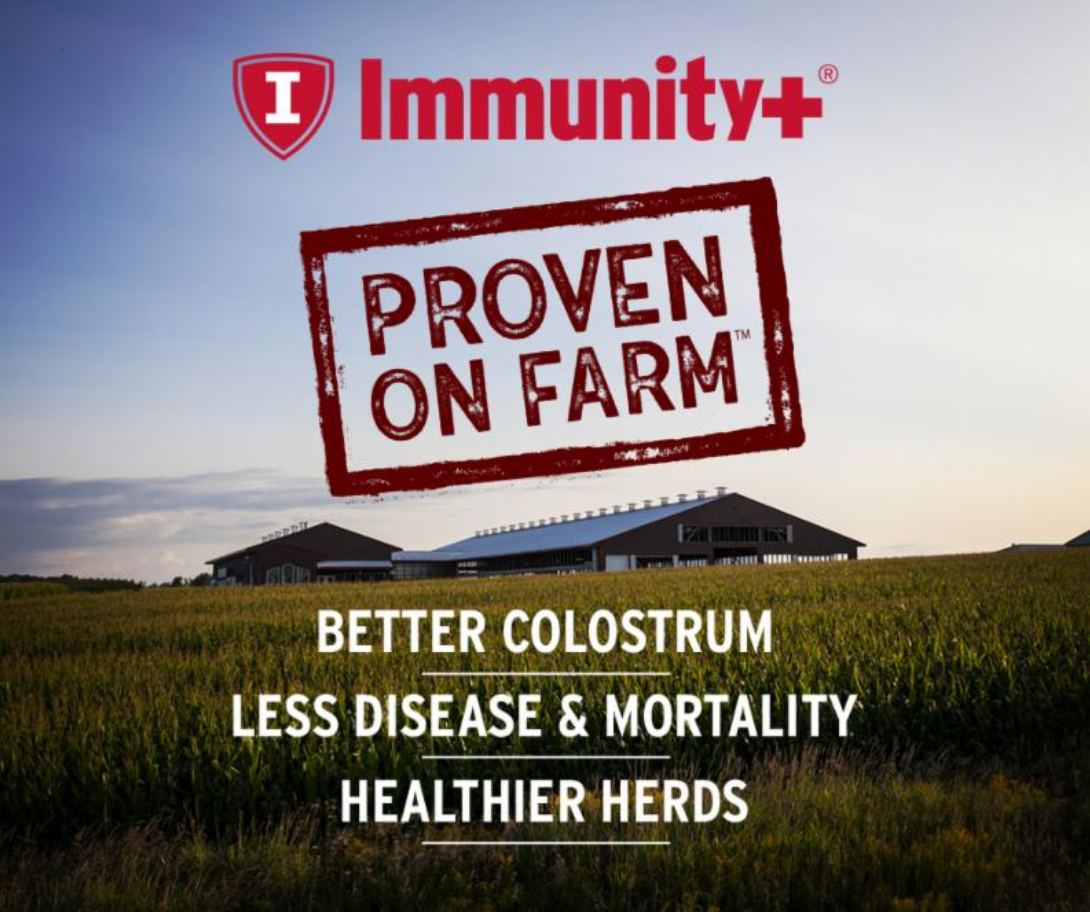What Is Immunity?
By Dr Steven Larmer, Semex Dairy Solutions Coordinator
In 2012 Semex launched the Immunity+® sire line, a group of sires selected to create cows that will be more resistant and resilient to disease challenges faced every day by commercial cows. The question is, how does Immunity+ work and what does having better immunity really mean?
Answering this question is not simple. It can be a lack of clear information. Here lies an important role for vets, feed advisors and hoof trimmers. Also, there seems to be a tunnel vision among farmers and advisors that stops them from seeing the
shortcomings of the barns. Thirdly, fear of investing money and time will be involved, even though good management doesn't have to cost more than bad management. Here also lies a task for advisors: ideally they can not only provide the right information, but they can also help clients change.
The immune system of all animals is complex, and there are many factors that impact how an animal is able to respond to different disease challenges. There are several branches to the immune system. The two branches of the immune system most important for resistance and resilience to disease are the innate and adaptive immune systems.
The innate immune system is responsible for detecting any threat to the individual and initiating an immune response. The adaptive immune system is then responsible for determining the best response depending on the specific pathogen that has invaded the cow. Going a little deeper there are two separate components of the adaptive immune system. The antibody mediated adaptive immune response, or AMIR, is responsible for responding primarily to bacteria. Bacteria generally cause the more common on farm diseases, usually the ones that can be more easily treated. These include diseases such as mastitis, metritis, and digital dermatitis. Cell mediated adaptive immune response, or CMIR, on the other hand is primarily responsible for responding to mycobacterial and viral infections. These infections usually cause less common diseases, but often times these diseases are much more difficult to treat and are more likely to cause severe illness or death. These include Johne's disease, BVD and FMD.
The interesting thing about the two branches of the adaptive immune system, is that across the whole cattle population they are actually negatively correlated. This means that in general, cows who respond better to bacteria will be more likely to be affected by viruses and vice versa. This is why it is very important to understand and select for both branches of the adaptive immune response. This is the main differentiating factor between Immunity+ and other genetic indices that select against one specific disease. Selecting on Immunity+ will ensure resistance to all viruses and bacteria, not just some specific pathogens. Semex sires are tested with two different tests, one for each branch of the immune system, ensuring broad resistance to all disease.
There is a significant amount of genetic control of how well the immune systems all function. This means there is also a lot of room to make genetic progress for how well cows can respond to disease challenges in their environment. Selecting Immunity+ sires will ensure the next generation will be better equipped to handle disease challenges, leading to a healthier, more productive herd.























